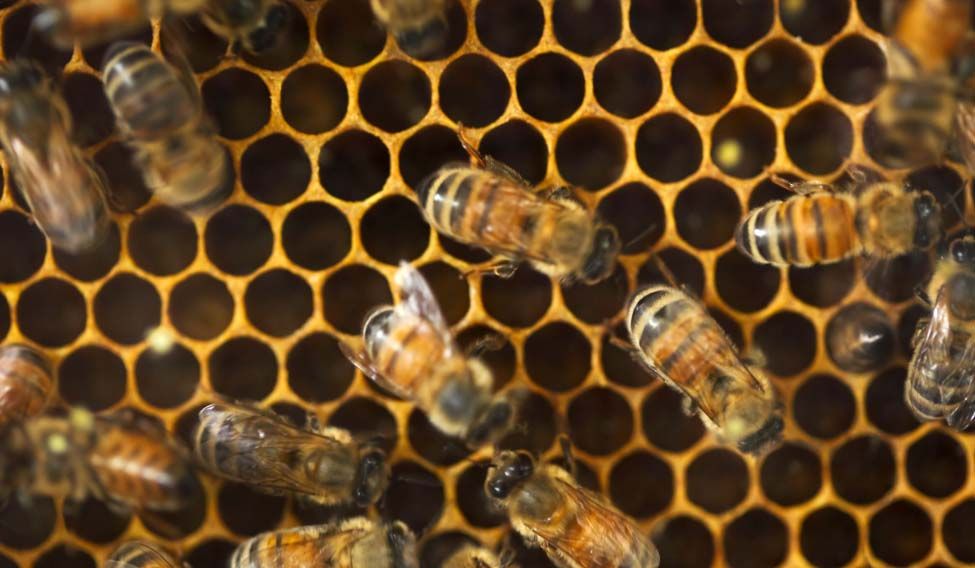Scientists have unveiled the astonishing mechanism by which honeybees decode dances performed by their hive mates, which serve as vital directions to food sources. The study sheds light on how, in the absolute darkness of the hive, each bee utilizes its antennae to interpret the information conveyed through these dances.
For decades, the enigmatic "waggle dances" of honeybees have intrigued researchers. These intricate movements and orientations on the honeycomb effectively convey the direction and distance to food sources outside the hive. However, until now, the process by which bees surrounding a waggle dancer make sense of this information remained shrouded in mystery.
The research, led by a team from the University of Edinburgh, involved a meticulous examination of a honeybee colony at the university's apiary. Leveraging computational models to mimic the bees' brain processes, the researchers filmed the insects in slow motion and high resolution under infrared light. This groundbreaking approach allowed the team to track the precise movements of the bees' antennae during each waggle dance—a feat that was otherwise imperceptible to the naked human eye.
The team's observations revealed that bees adjust the position of their antennae, which are repeatedly touched by the dancer as it performs the waggle, based on the angle of their body relative to the dancer. Remarkably, the bees were found to be capable of decoding dances from any angle or even from constantly changing positions by combining the signals picked up by their antennae with their own sense of gravity. This intricate process, however, necessitates the bee's accurate integration of the two angles detected from its two sensory systems.
Through the use of a computer model replicating known brain circuits in the bee, the researchers demonstrated that fewer than one hundred neurons are needed to integrate this information and recover the angle and distance to the food source being signaled in a waggle dance.
The findings, published in the journal Current Biology, stand to significantly advance our understanding of bee communication and its implications for issues such as habitat loss and pesticide use, which can profoundly impact the insects' ability to locate food sources.
PhD student Anna Hadjitofi of the University of Edinburgh's School of Informatics expressed excitement about the discovery, noting that it unveils a remarkably elegant neural mechanism employed by bees to decipher complex information with minimal resources. Professor Barbara Webb, also of the University's School of Informatics, emphasized the potential of understanding how the small brains of insects carry out such sophisticated calculations to inform the design of more compact and energy-efficient computers.


